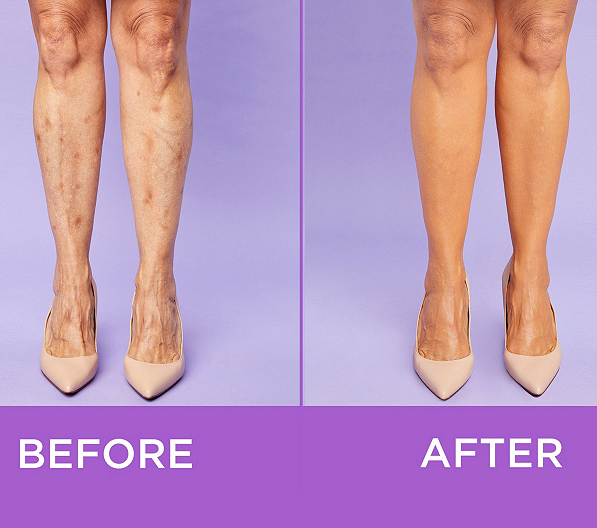
You know you should do your pelvic floor exercises. In fact, you have known for years – decades, even.
You intend to do them, but somehow don’t get around to them. Or you do a few now and then. That’s not good enough – you know that, too.
Is this you? It was certainly me until about a year ago. I used to feel clever and do some exercises while waiting at a bus stop. Or even cleverer, during a boring meeting. No one would know. My little secret down there.
But it doesn’t get the job done.
You need to be more persistent – and regular – than that.
Before I go any further, let me say that I am not a doctor – my PhD in political theory won’t do the trick. I write as an ordinary patient who finally decided to do something in this department.
Why Do Pelvic Floor Exercises?
I had hoped that a little research on the internet would provide me a perfect answer to this question. All I would then need to do is to quote it. That plan didn’t work.
But my research found that everyone seems to agree that pelvic floor exercises (also known as Kegel exercises) have many benefits. They help to strengthen the muscles under the uterus, bladder and bowel.
For us older women, it is the bladder that is most commonly the problem. We lose control, especially when we cough or sneeze. The formal word for this problem is ’incontinence’. I prefer the more informal word ‘leaking’.
Some add that these exercises will boost your core strength and stability. They may also improve your ‘sexual functioning’, which I take to mean you will have better orgasms. I was never one for euphemisms.
In other words, they are altogether a good thing to do. And the really good news is that it’s never too late to start.
The Exercises
So, what do you do? Essentially, you squeeze in everything ‘down there’, as if you were trying to stop the flow of urine when you are peeing.
(You can do that a few times just to get the feel of what is needed, but you aren’t supposed to do it very much at all, as it is bad for your bladder. Better to do it without the wee.)
The idea is that you squeeze, hold and then relax your muscles in and around the vagina. It helps to take a breath in before you start, doing the exercises on the exhale. Be sure you squeeze in – not push out.
There are various mental pictures that have been suggested. One is a straw in your vagina that you are using to suck up liquid. Another is an elevator in there. The whole business can seem odd at first, but it definitely gets easier over time.
You can do the exercises lying down on your back with your knees up (easiest in my view) or on your stomach, sitting up or standing. Whatever suits. Standing is hardest, especially in the beginning, because it is harder to feel what is happening.
You are supposed to do this ten times slowly and ten times quickly, so twenty times in all – three times a day. My research suggested you should not do them more than the allotted amount. You could do yourself harm.
There are loads of sites online which will show you pictures and explain more fully. But it really isn’t very difficult. And never painful.
Getting Down to Business
The difficult part is getting down to doing them.
The real game changer for me came in the form of an app. I had had several appointments with a pelvic floor specialist (yes, they exist) and she had told me about the app from the outset. Well, I said no, I didn’t want to be bossed about by an app. I would do it myself.
But I was wrong. My efforts to do the exercises on my own just weren’t getting the results. And I am a persistent person, quite disciplined as they go. But not disciplined enough.
Somehow, the morning would disappear, and I would say I would do them in the afternoon. Then the evening. And another day gone without exercises. You know how it is.
And I finally realised that I needed something more.
Downloading the app (called the ‘Squeezy App’) is terribly easy and inexpensive (it cost just under £3 – or less than $4). There are other apps, but this is the one I was recommended and therefore the one I know. (I should add that I am getting no financial compensation for this recommendation.)
The app seems to be available everywhere. An Italian friend found the equivalent in Italian.
The real point of this app is that it is a nag. It makes a noise on your phone every time you should be doing your exercises – three times a day, ten squeezes each time. You choose the time.
(You can adjust the app if you want. Just to show it that I was in charge, I chose four times a day with eight squeezes each time. But that’s just me asserting myself.)
And from then on, it is simple. It makes its noise, you do your squeezes, you ‘save’ it, which marks down your having done them. AND THAT IS IT. Until the next time.
And the app keeps a record of how frequently you have done the exercises. Which may seem a bit scary if you don’t like AI snooping into your personal habits, but it adds an extra incentive to do them.
When Will You See Some Benefit?
The answer to this obviously sensible question is, I suspect, “it depends.” It depends on how frequently you do your exercises, how well you do them (a squeeze can vary in strength and intensity) and where you were on the scale of strong pelvic muscles in the first place.
But if it helps, I have been doing them for roughly six months, have done 86% of what a full set day-after-day would be (information stored by my app) and I can definitely tell there has been a change. The famous ‘leakage’ is not entirely gone, but it is much reduced.
I certainly feel more relaxed in that department.
So, What’s Stopping You?
Have you done pelvic floor exercises already? What difference did they make? What stops you from doing them?





